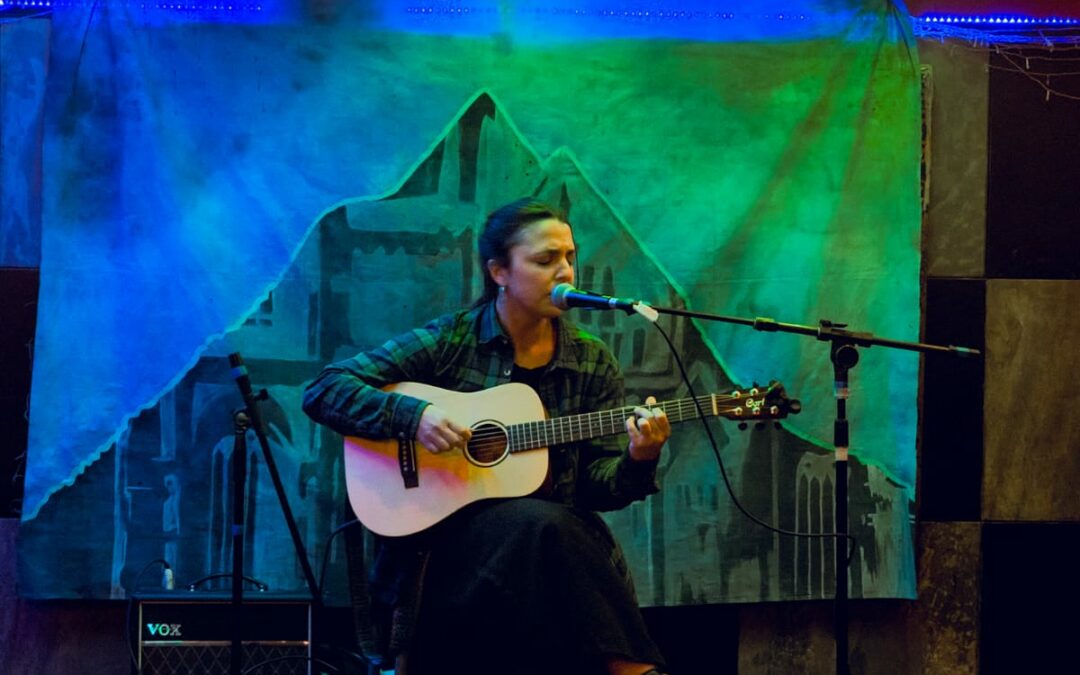
Decision to integrate the autochthonous people into the provincial consultative board of the native forests (Radio Universidad, le 26/8/2024)

Association Karukinka
Loi 1901 - d'intérêt général
Derniers articles

Suivez nous
The president of the Commission 3 of the Provincial Parliament, Legislator Laura Colazo, conducted a meeting with the indigenous people communities. This is an initiative from the Green deputy to include them in the decision making within the Consultative Commission of the Indigenous Forests (CCIF). « We have the opportunity to acknowledge and make the autochthonous people of our Province visible who have lived and still live on these lands and offer a historical rectification, she declared. She also mentioned the necessity to expand the energetic matrix of the province to support a sustainable production process.
Source: https://www.radiouniversidad.com.ar/2024/08/26/dictamen-para-que-pueblos-originarios-participen-en-el-consejo-consultivo-provincial-de-bosques-nativos/ Translated from Spanish into French by the Karukinka association.
Río Grande. Last Thursday, Legislator María Laura Colazo (Green Party) attended a new meeting of the Natural Resources Commission n°3, which she presided. This was the occasion to discuss her initiative dedicated to “The 109/24 Case” with the aim of promoting the permanent integration of the representatives of the autochthonous people to the Consultative Commission of the Indigenous Forests (CCIF).
To this motive, the Parliamentary appreciated the attendance of the members of the communities: Rafaela Ishton and Paiakoala. “We have the opportunity to acknowledge and make the autochthonous people of our province visible who have lived and still live on these lands, and to offer a historical rectification”, declared Colazo.
The Parliamentary also underlined the utmost importance of the Selk’nam and Yagán people’s voices being part of the CCIF and that they have their place in this consultative body. “This is why we invited them, we wanted to have their support.”
She also added that this way they are “integrated” into the territorial discussion and planning processes. The Selk’nam people is the only autochthonous people who own their community propriety title”, she added.
It’s worth noting that the initiative includes amendments to provincial law n°869. In Article 14 of the aforementioned standard, the paragraph “q” is added, which specifies the integration of a representative for each indigenous community from the province with a legal status registered on national level.
Eleonora Anderson Varela, herself, from Rafaela Ishton’s community was thankful for this space: « We are delighted to have a place at the CCIF, this is a historical event for us. The community owns approximately 36000 hectares of which 80% are made of forests”, she declared.
Another member of the community, Alexis González Palma, told them “It is very important for us because they are giving us back our dignity and the possibility to tackle issues which affect us as autochthonous people of these lands”, he declared.
It’s worth noting that Tarcisio Vargas and Damián Nenes Vargas, from the Yagán people, also attended the Commission meeting as representatives of the Paiakoala community.
« Today, the autochthonous people are beginning to be respected. Taking care of our forests is good not only for the communities but also for the totality of the population. We risk losing the canelo and need to take care of it together”, declared Vargas, a Yagán referent.
Legislatofs Raúl Von Der Ensuren and Lechman (SF), Juan Carlos Pino (PJ), Federico Greve and Federico Sciurano (FORJA), as well as Legislatir Gisela Dos Santos (SF) were present.
Two million dollars for the Native Forests
It’s worth noting that Legislator María Laura Colazo attended the second annual meeting of the Consultative Commission of the Indigenous Forests of which she is a member, and which was held at Tolhuin Tourism Secretary beginning of August.
On that occasion, the working paths which will be followed were analysed, after it was learnt that the “Green fund for the climate» programme, which will be run through United Nations Organisation for food and agriculture (FAO), and rising from an initiative led by the national government and the province and called Reduction of the Emissions related to the Deforestation and Degradation of the forests (REDD).
The programme comes to the Land of Fire with a component which will be dedicated to the forest conservation work with the autochthonous communities, among which the global community Plan with Rafaela Ishton’s Selk’nam community and also at the productive development of the forestry bay of Tolhuin; the other component will also be used for the prevention of wood fire at the interface of Ushuaia. It’s worth noting that, according to the programme of fire prevention at the forest-urban area interface, we mean by fire a “fire which grows in the transition areas between the urban, rural or forestry areas where the structures of the buildings are mingled with the plants».
Approximately two million dollars will be allocated to the Land of Fire province “and the project in general, as mentioned by Engineer Francisco Jofré who is FAO’s representative which is in the province, is approximately 85 million dollars for the totality of the country in this programme called RedMás, a specific programme also related to the climatic change.
Members of the Forest National Board of Management and the FAO for the Payments at Results project attended the meeting, as well as managers of the provincial government and representatives of the institutions forming the CCIF.
It’s worth noting that the United Nations Organisation for the food and agriculture better known as FAO and a specialised agency of UNO leading international activities which aims at eradicating hunger.
The organisation is conducting several projects implemented all around the country. It plays a fundamental role in striving towards food safety, family farming reinforcement, transformation of food-processing systems and sustainable development.
“A lot of families live off the forestry sector”
During a talk with “La Mañana de Tecno”, broadcast on Radio Universidad 93,5 MHz, the Green Parliamentary reminded that the forestry consultative commission “is taking place under the 869 provincial law and is a environment composed of various actors” who are related to everything concerning the use of the whole forestry sector, what is active in our province. So, as a representative of the legislative Assembly, I have to be part of this space.”
Laura Colazo explained that « the members of FAO, an international organisation under the United Nations, benefit from specific financing programmes used to manage several projects in our country. And in this project which is very important and in the making in 23 provinces : we are working on those 3 issues in our province, which are the ones we talked about within the commission in order to grant approval to all the members to make progress in this area, while being able to follow through the community integration plans that the Forestry General Board of Directors works very well with the Selk’nam persons who have set up their authorities very recently, who have held elections. And the truth is that they have very interesting projects to be accomplished in our province, particularly in their community propriety, which represents 35 000 hectares owned in the Tolhuín region. And it is very important to achieve sustainable use, and the truth is that we think it is also important to assist them because it requires means to fulfil these projects.”
« For us, it’s very interesting to provide some assistance, everything needs to be done step by step. The technical advice mission will be carried out by means of organisations such as CIEFAP (Andine centre for the forestry research and vulgarisation of Patagonia), an organisation which has also been working in our province for many years and will provide all the technical advice, so it also seems important to do this. When I say that Tolhuin’s mayor (Daniel Harrington) is present in the area, it’s because it comes down to stimulate the productive development of this sector so that it keeps on generating work sources such as in Tolhuin today.
With regard to this, Legislator Laura Colazo noticed that “a lot of the families live off work in the forestry sector and it seems important to add on value, to be able to create training, to be able to use all these resources in a sustainable way and all the way through the production line, not only in raw wood but also in the use of forestry residues.
She understood that “there is a great opportunity to create more productive companies, to generate more work while taking care of the environment, because we are talking here of forestry residues which, in some cases are burnt and could generate a transformable product, raw material” then able to generate new products which “ can be part of the circular economy paradigm, by salvaging them and reintroducing them into the productive sector».
« Productive matrix and energetic matrix go hand in hand»
The Green Parliamentary understood that “we need to concentrate on the economy laid out by the forestry sector; It is not about generating a product in a linear way where the waste goes to the kip, but it’s rather about considering this waste as a resource and send it back as raw material so that new competitive products are generated into the market sector and creating work».
When asked about the energetic deficit held by Tolhuin to support an industrial process, she recalled that « by the end of 2022, we voted to grant the province the right to access a credit authorized the ACD, the Andine Confederation of Development, and by means of other funds that the province may obtain. Already in 2002, we noticed the necessity to invest in the totality of energetic matrix expansion of the Land of Fire. A few days ago, we learnt that the national government’s approval was under way, to set up credits and invest in equipment. I think this is fundamental for the development and particularly to think about the energetic transition that our province must implement. Today, we are providing gas supply. Gas is a transitional fuel. And all the resources generated by licence fees, as this province is one of first to produced gas from Argentina, these resources generated from the licence fees can be used to develop a new energetic matrix largely fed by renewable energies. And this financing project, which we approved in 2022 at the Legislature, is now going forward with the Nation’s approval and demonstrates all this a little.
“It’s a core issue: if we want to talk about expanding the productive matrix, it must go hand in hand with expanding the province energetic matrix”, she finally declared.
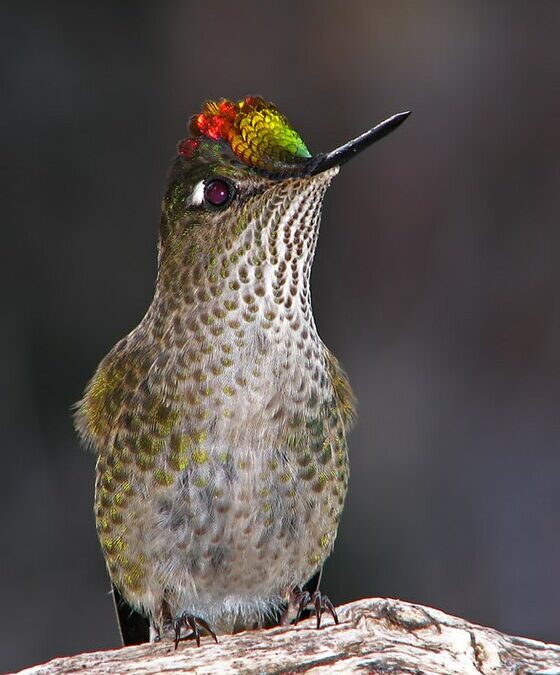
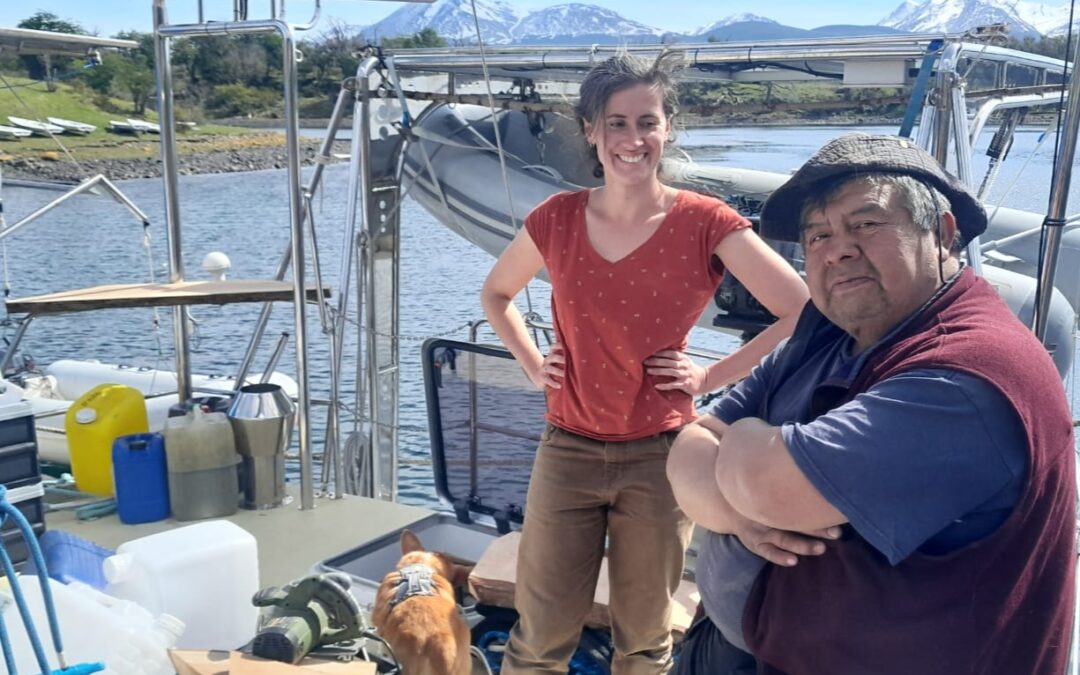
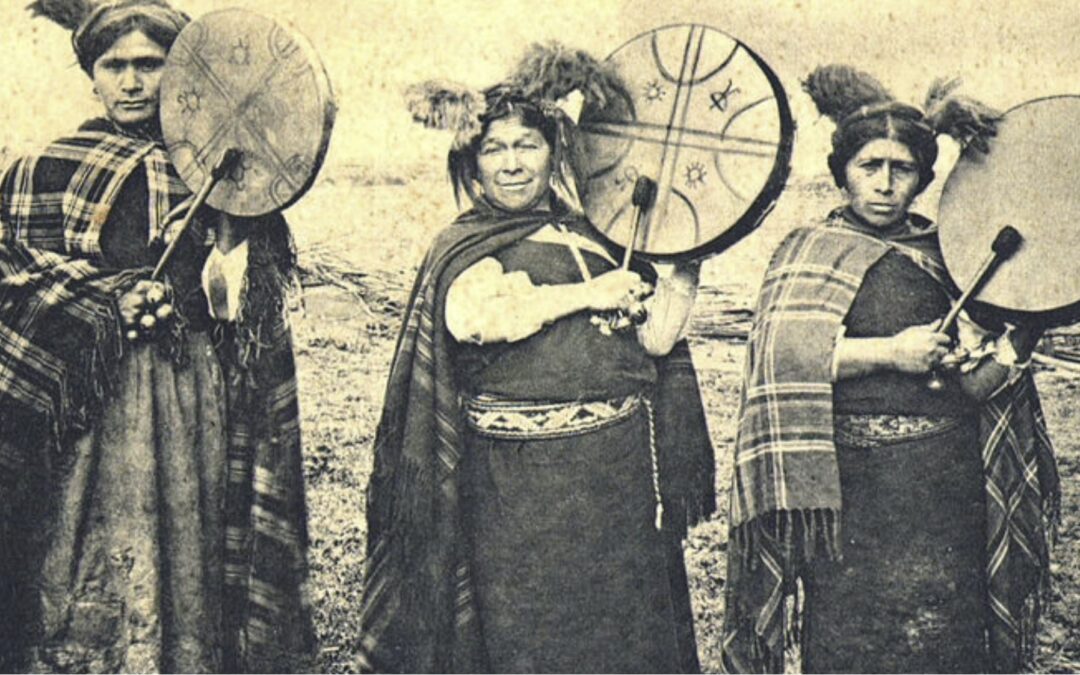
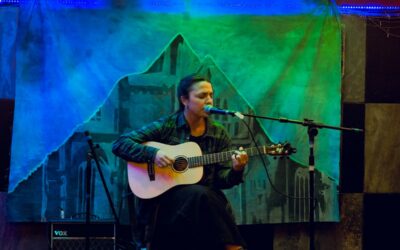



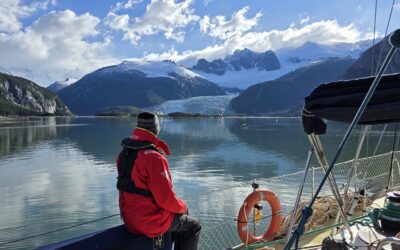
![[Sailing Patagonian channels] Sébastien’s Logbook part 1](https://karukinka.eu/wp-content/uploads/2025/08/Caleta-eva-luna_012025_Karukinka4-400x250.jpg)
